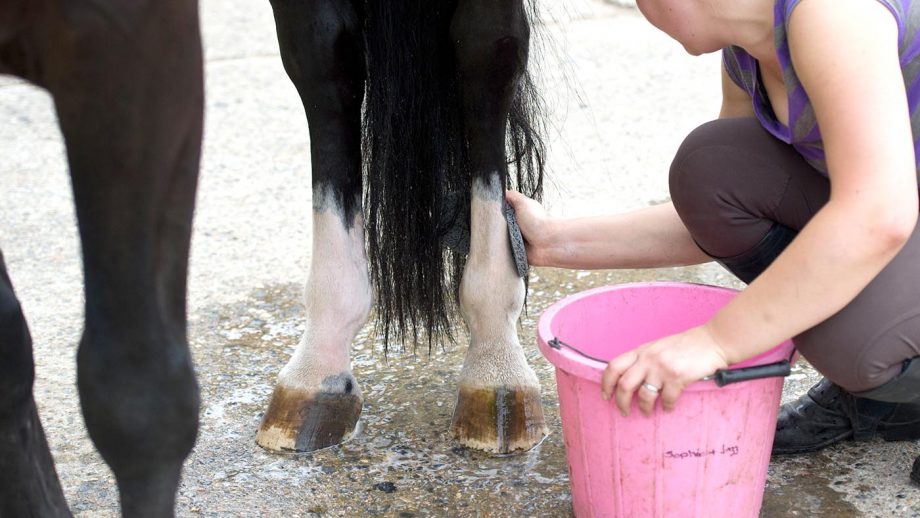Choosing the right bit for your horse is a critical decision that affects both comfort and communication. A well-chosen bit can enhance the partnership between rider and horse, making your riding experience both enjoyable and safe. This guide will walk you through the steps of selecting the perfect bit, taking into account your horse’s comfort, the discipline you ride in, and what you’re trying to communicate.

Understanding the Importance of the Bit
The bit serves a unique role in horsemanship. It’s more than just a tool for control; it’s a medium for communication between you and your horse. Understanding the implications of choosing the wrong bit, such as discomfort or behavioral issues, makes it clear why this choice is pivotal.
Identifying Your Horse’s Needs
Recognizing Mouth Conformation
Every horse’s mouth is different. Pay close attention to the size and shape of your horse’s mouth. Horses with smaller mouths may need a thinner bit, while horses with fleshy tongues might require alternatives for ample space.
Level of Training
The level of your horse’s training influences the type of bit you should use. Beginners often benefit from milder bits, which provide guidance without overwhelming the horse.
Types of Bits: Choose Wisely
Snaffle Bits
Snaffle bits are popular for their simplicity and effectiveness. They’re gentle on the horse and offer direct pressure, which is easier for the horse to understand.
Curb Bits
Used mainly in Western riding, curb bits apply leverage through shanks, requiring a softer hand for effective communication. They might not be suitable for beginners or horses new to riding.
Pelham Bits
A combination of snaffle and curb bits, the Pelham is versatile but requires skill to use correctly. It’s often used in show jumping and equestrian sports where versatility is key.
Consider Your Riding Discipline
Your riding discipline significantly influences the type of bit you should select. Whether you are involved in dressage, show jumping, or Western riding, each has its ideal type of bit.
Testing the Bit: Ensuring a Comfortable Fit
Once you’ve selected a potential bit, it’s critical to test the fit in your horse’s mouth. Look for signs of discomfort, such as obvious resistance, head shaking, or signs of distress.
Pay Attention to Your Horse’s Feedback
Always observe and listen to what your horse expresses. If your horse seems reluctant or uncomfortable with a new bit, it might not be the right choice.
Seeking Professional Advice
Don’t hesitate to consult a professional if you’re unsure. Trainers, veterinarians, or experienced equestrians can offer invaluable insights into bit selection.
Maintaining the Bit
After choosing the perfect bit, maintenance is essential. Regular inspections and cleanings ensure the bit remains in good condition, safeguarding your horse’s comfort and well-being.
Additional Resources
For more insights on maintaining your horse riding gear, check out this Guide on Gear Maintenance. To deepen your relationship with your horse, this Groundwork Exercises article is a valuable resource.

FAQ
What is the best bit for a beginner horse?
The snaffle bit is often recommended for beginner horses due to its gentle and straightforward design.
How can I tell if a bit is too harsh for my horse?
Signs of a harsh bit include mouth sores, reluctance to bit, excessive salivation, and behavior issues such as rearing or bucking.
Should I change bits if my horse is misbehaving?
Behavioral issues are not always bit related. Consult a professional to assess the cause before making changes.








